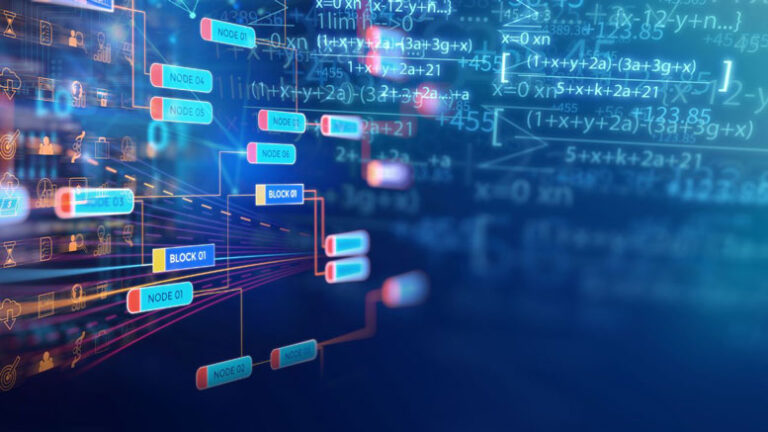Job displacement by AI
Table of Contents
What it means for the future of work
Advancements in technology have always had a significant impact on the workforce. From the industrial revolution to the digital age, new technologies have changed the way we work and the types of jobs available.
However, the rise of artificial intelligence (AI) has raised concerns about job displacement on a scale never seen before.
What is AI?
AI refers to the simulation of human intelligence processes by machines, particularly computer systems. These processes include learning, reasoning, and self-correction. AI is being used in a variety of industries, from healthcare to finance, to improve efficiency and productivity.
Job displacement by AI
One of the main concerns surrounding AI is the potential for job displacement. As AI becomes more advanced, it has the ability to automate tasks that were previously done by humans. This includes jobs in manufacturing, customer service, and even healthcare.
For example, in the manufacturing industry, robots are increasingly being used to perform tasks such as assembly and packaging.
This has led to a decrease in the number of jobs available for humans in these roles. Similarly, in customer service, chatbots are being used to answer customer queries and provide support, reducing the need for human customer service representatives.
In healthcare, AI is being used to analyze medical images and assist in diagnosing diseases. While this can lead to more accurate diagnoses, it also raises concerns about the future of radiologists and other healthcare professionals whose jobs could potentially be at risk.
The impact on the workforce
The impact of job displacement by AI is already being felt in many industries. According to a report by the McKinsey Global Institute, up to 800 million jobs worldwide could be lost to automation by 2030. This represents around 30% of the global workforce.
While some jobs will be eliminated by AI, new jobs will also be created. However, these new jobs may require different skills than those that are being displaced.
This presents a challenge for workers who may need to reskill or upskill in order to remain employable in the future.
The role of education and training
In order to mitigate the impact of job displacement by AI, education and training will play a crucial role. Workers will need to continuously update their skills in order to adapt to the changing job market.
This will require investments in lifelong learning programs and initiatives to help workers transition to new roles.
Employers also have a responsibility to provide training and support for their employees. This could include offering retraining programs, mentoring opportunities, and career development resources.
By investing in their workforce, employers can help ensure that their employees are equipped to succeed in the age of AI.
Government policies and regulations
Governments also have a role to play in addressing the impact of job displacement by AI. This includes implementing policies and regulations to protect workers and ensure a smooth transition to the future of work.
This could include measures such as providing financial assistance to workers who are displaced by AI, creating incentives for employers to invest in training programs, and establishing guidelines for the ethical use of AI in the workplace.
The future of work
While job displacement by AI presents challenges, it also offers opportunities for innovation and growth.
By embracing AI and adapting to the changing job market, we can create a future where technology enhances our work rather than displacing it.
This will require collaboration between governments, employers, and workers to ensure that everyone can benefit from the advances in AI while also protecting the rights and livelihoods of workers.
In conclusion, job displacement by AI is a complex issue that will require a multi-faceted approach to address.
By investing in education and training, implementing supportive government policies, and fostering a culture of innovation, we can navigate the challenges of AI and create a future of work that is inclusive and sustainable.


